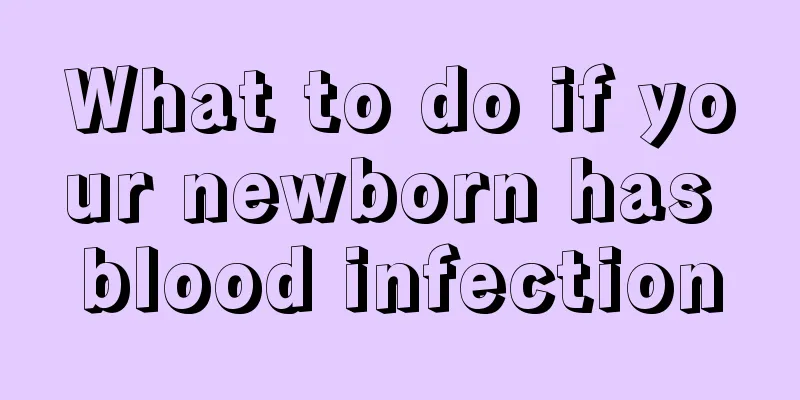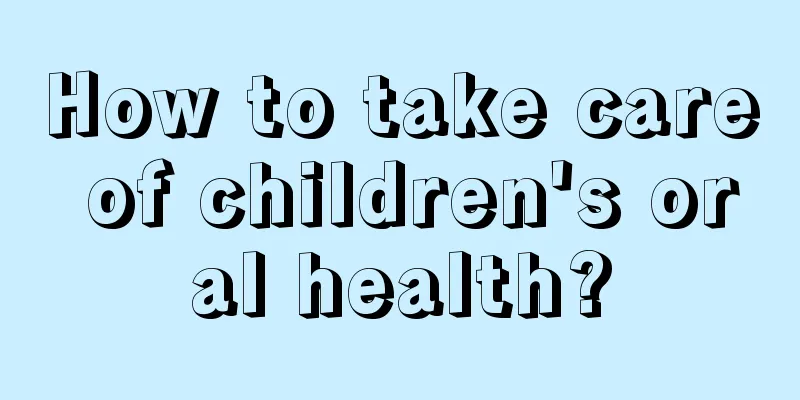Red spots on child's legs

|
If red patches appear on a child's legs, you should pay attention as it may be allergic or thrombocytopenic purpura. Purpura is a kidney disease that can be major or minor. In severe cases, hematuria, proteinuria, etc. may occur. It may also be a simple allergic dermatitis, which often causes itching and asymmetrical distribution. No matter which one it is, it must attract the attention of parents, early detection and early treatment. The specific symptoms and hazards are as follows: Diseases that should be paid attention to according to age: 1. Allergic purpura: mostly caused by allergies, manifested as symmetrically distributed rashes on both lower limbs, slightly higher than the skin surface, and does not fade when pressed. It is less common on the trunk and upper limbs. Some children may be accompanied by gastrointestinal bleeding (manifested as severe abdominal pain, vomiting blood, bloody stools), joint cavity bleeding (manifested as joint pain and swelling) or purpuric nephritis (manifested as blood in the urine) 2. Thrombocytopenic purpura: It usually occurs after a viral infection, but the rash is mostly ecchymosis, which can be found all over the body. Blood tests will show obvious thrombocytopenia. 3. Allergic dermatitis, often seen in contact, asymmetrically distributed, and accompanied by obvious itching. Symptom Analysis: 1. When purpura appears, it starts from the two legs and extends from the front to the side. Both sides are symmetrical and bleeding spots and spots can be clearly seen. At the same time, urticaria or red papules may also occur, and needle-like bleeding spots may also be seen. In severe cases, herpes, necrosis and ulcers may form, and may even spread to the trunk and face. Most children will experience abdominal pain and vomiting, and severe cases may have gastrointestinal bleeding, intestinal obstruction, intestinal perforation and intussusception. Some children present with joint pain and may not have a rash for up to 14 days, so it is very easy to misdiagnose. In fact, the incidence of joint involvement is 82%, mainly single joints, mainly affecting the lower limbs. 2. What we really need to be vigilant about is the damage to the kidneys. This damage is hidden and long-lasting. In this regard, early detection and early treatment are necessary. Allergic purpura in children develops rapidly. If parents find such bleeding spots on their children, and the children have an allergic constitution, and their skin develops a rash, accompanied by joint pain, hematuria, and stomach pain, they must take the children to the hospital for diagnosis as soon as possible to avoid delaying the disease, causing kidney damage, and affecting the child's life. |
<<: White spots on baby's face
>>: Symptoms of liver accumulation in children
Recommend
What to do if a child has itchy lungs and coughs
Lung infection in infants and young children is a...
What is the problem with the baby's heavy breathing and red sound?
It goes without saying that parents love their ba...
What causes nipple pain in girls
Nipple pain in girls may be because the breasts a...
If my baby loves to laugh, does it mean he has cerebral palsy?
A few months after the baby is born, he or she ma...
White spots on the child's skin
Since having children, parents are most worried a...
Can children use hair conditioner?
Conditioner may be a little unfamiliar to boys, b...
How to treat neonatal hemangioma
Neonatal hemangiomas mainly grow in some extremel...
What foods can easily cause a sore throat in babies
If babies often eat spicy food or drink too much ...
What should I do if my child gets prickly heat?
The causes of prickly heat are well known, and th...
What kind of swimming ring should a one-year-old baby use for swimming?
Many mothers will teach their babies to do variou...
What are the symptoms of low platelets in children?
Children's physical development is very fast....
Can children's tuberculosis be cured?
Pulmonary tuberculosis is the most common type of...
Why is my baby late in speaking?
In today's social life, we often see slogans ...
Newborn baby boy crying while urinating, beware of urinary tract infection
Regardless of whether the newborn baby is a boy o...
How to treat hyperthyroidism in children?
Hyperthyroidism is relatively common among childr...









